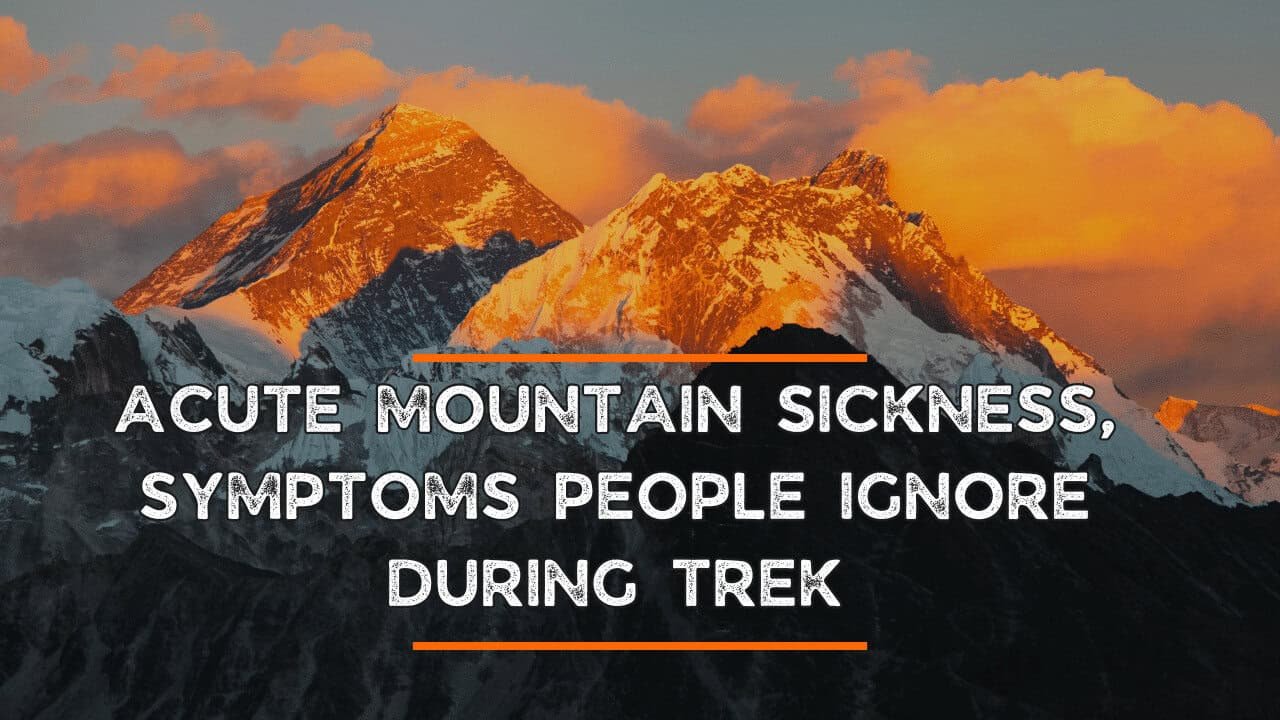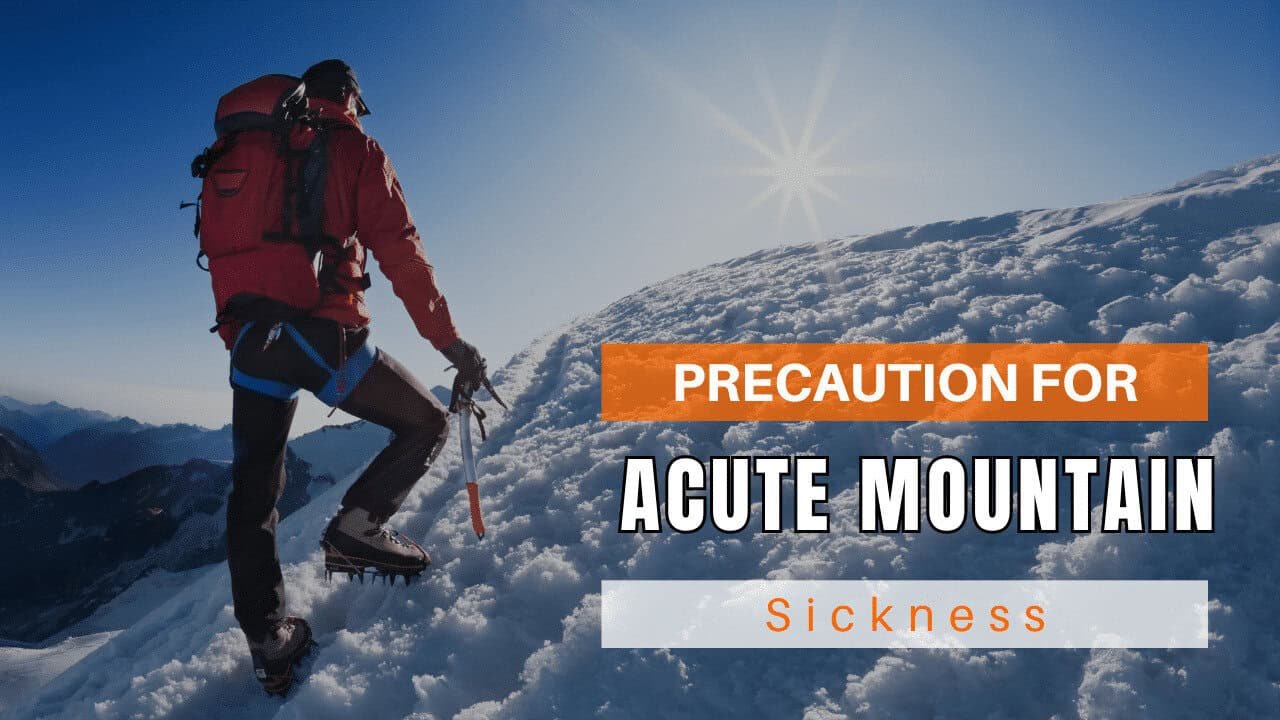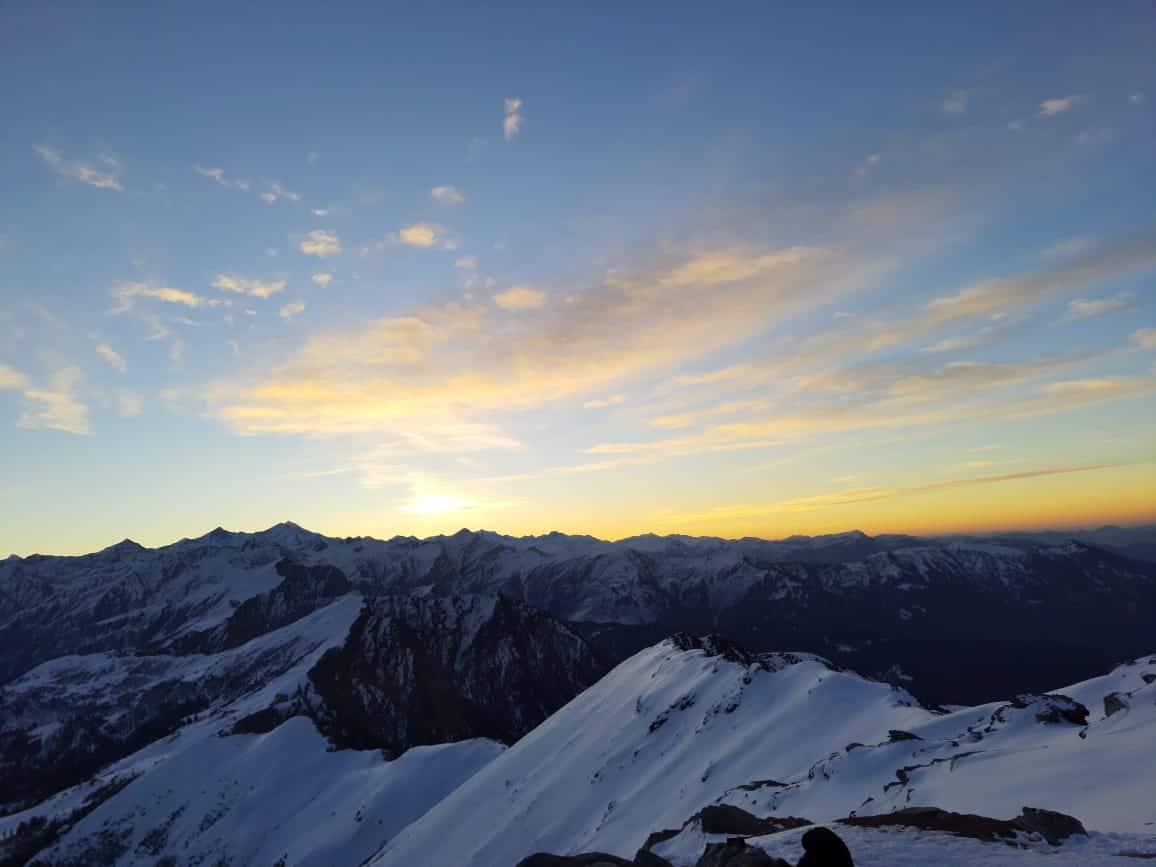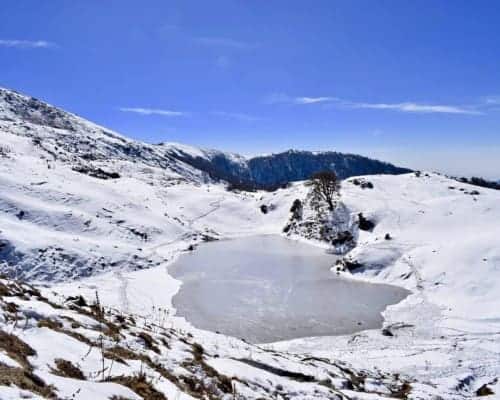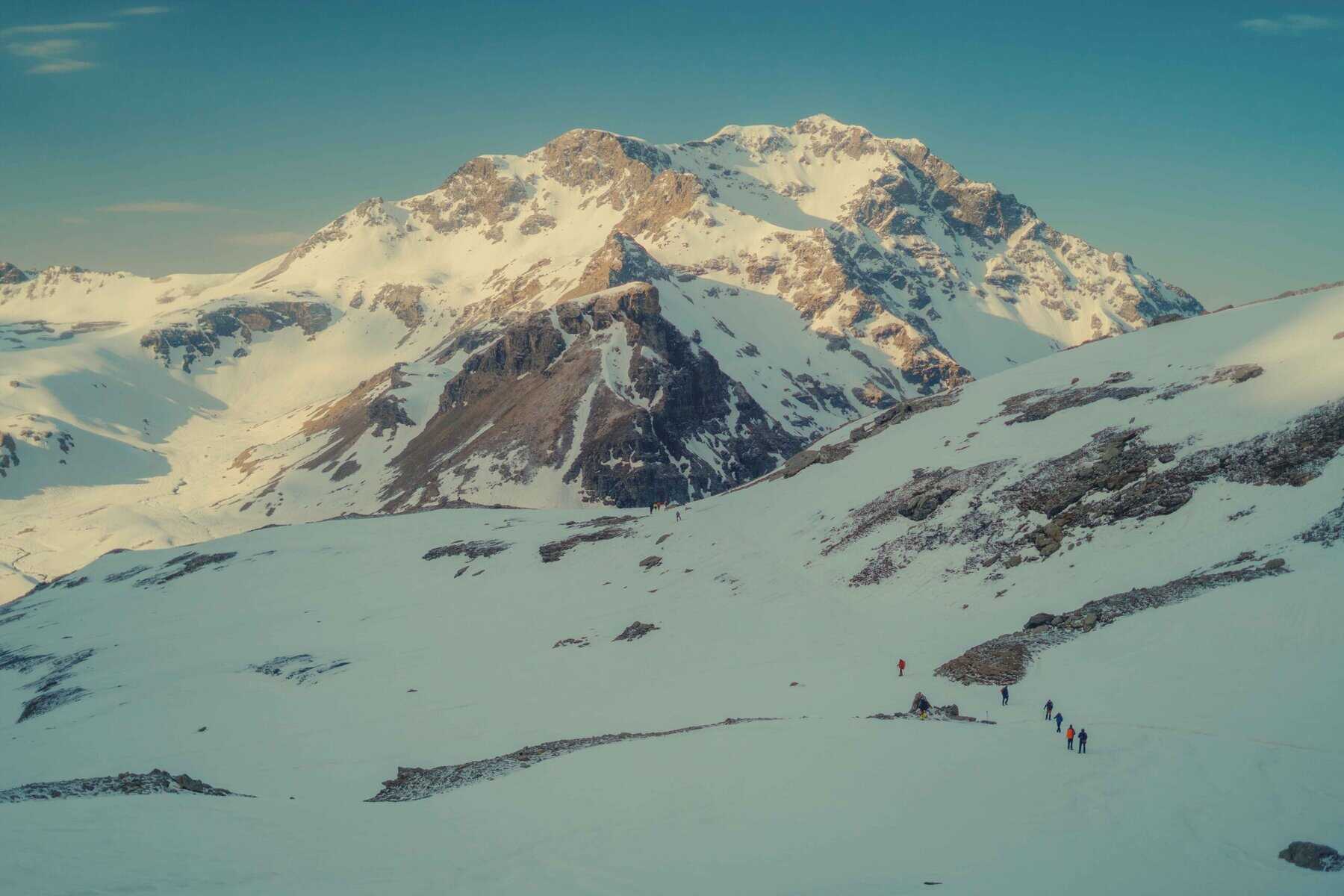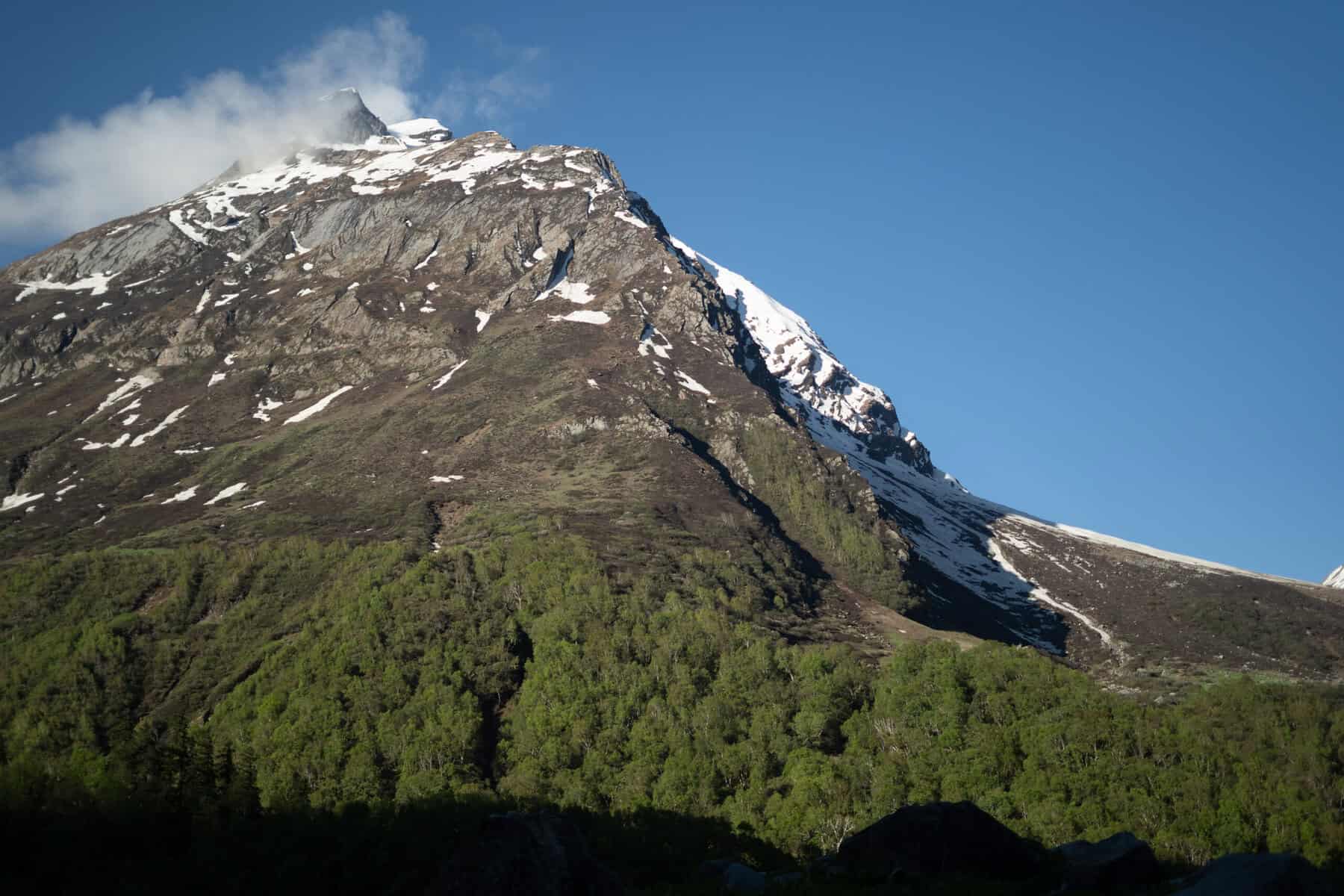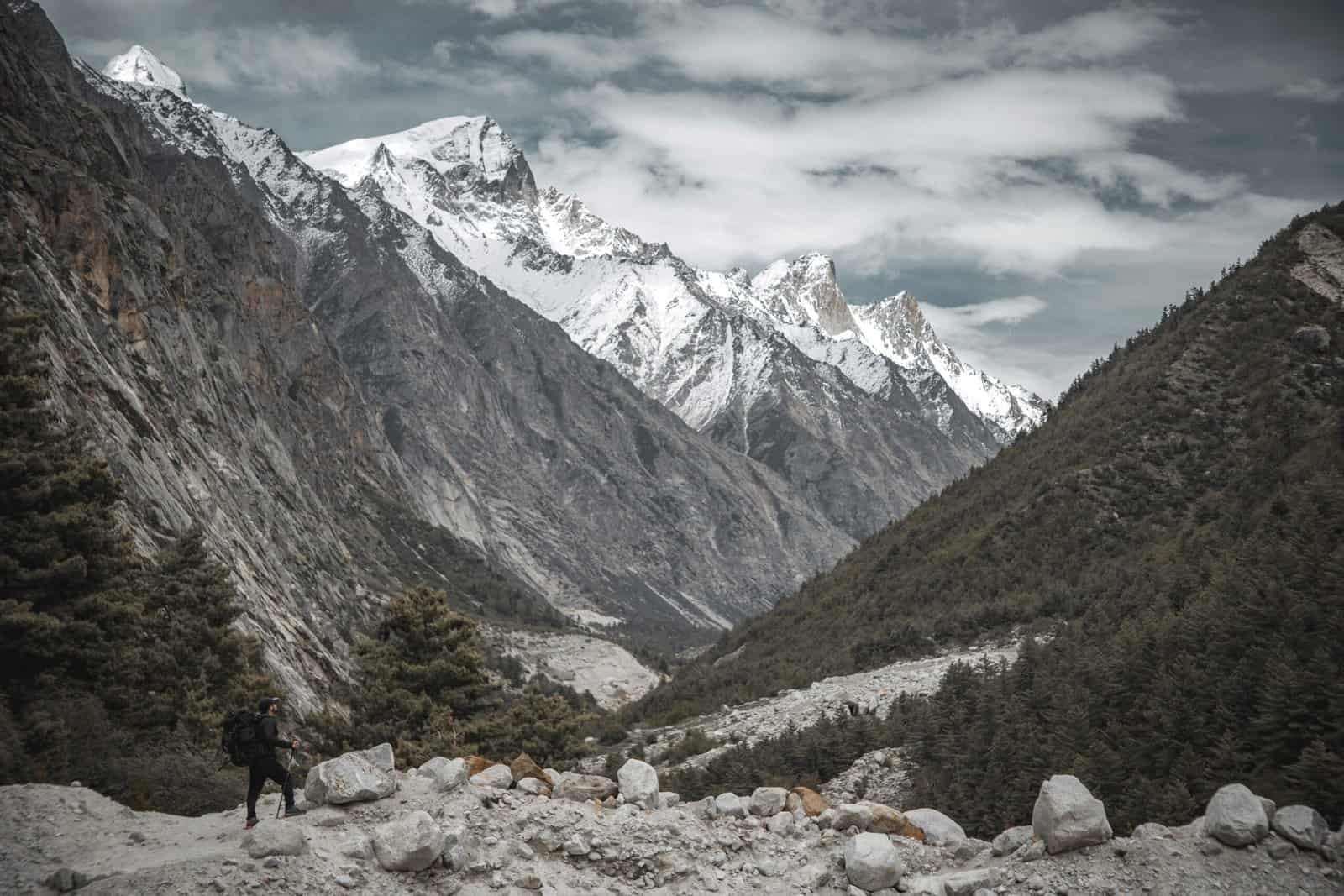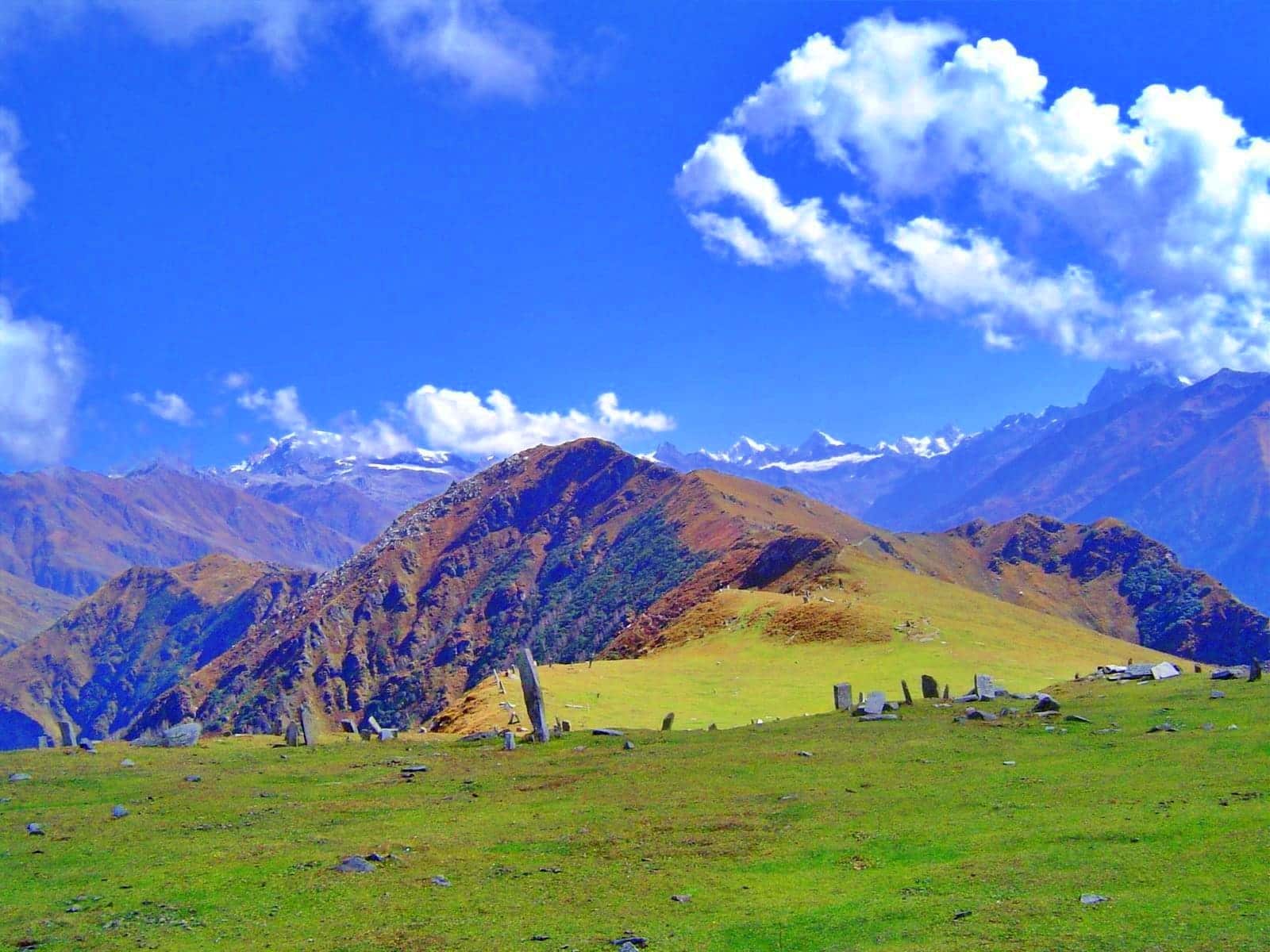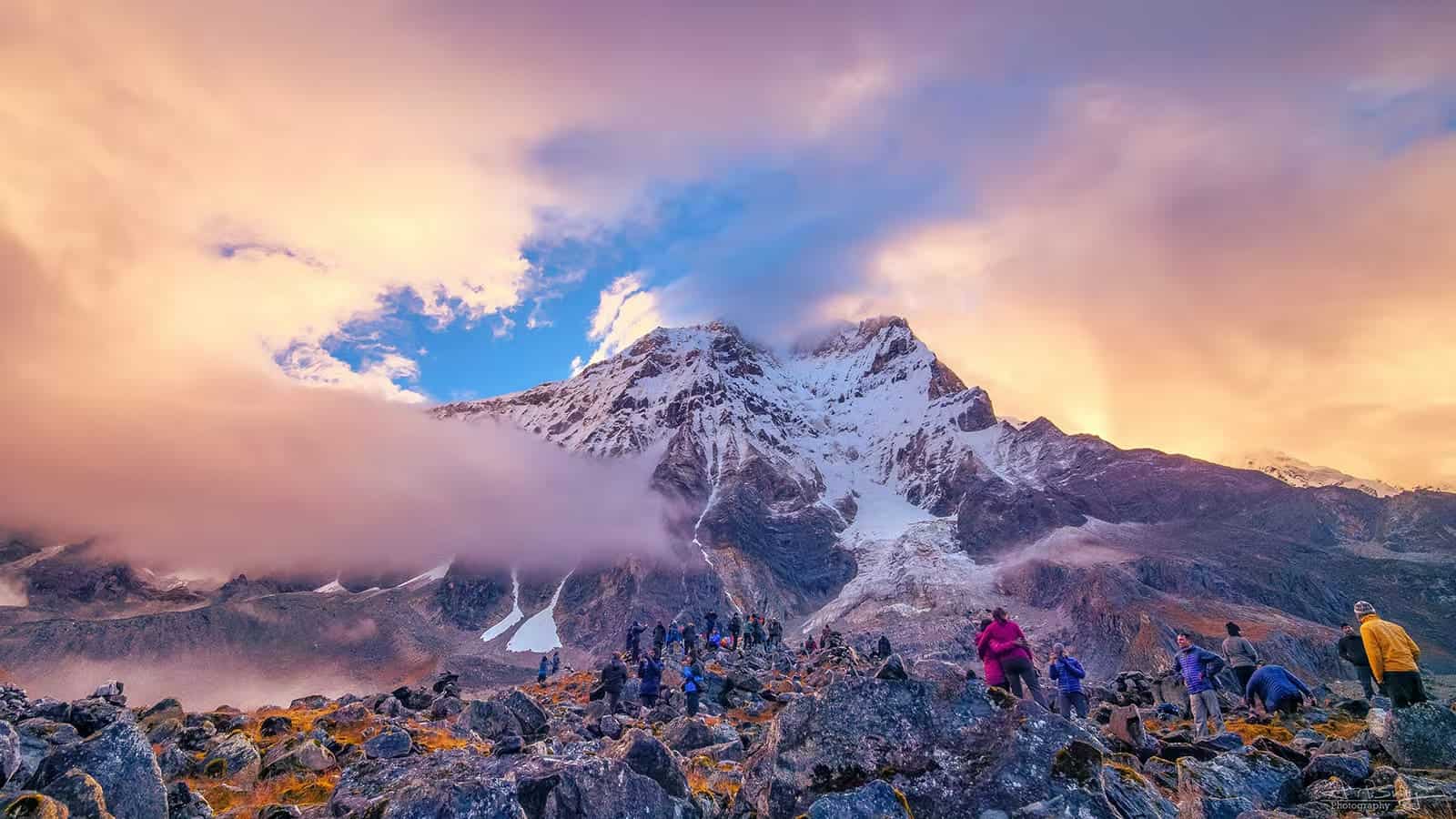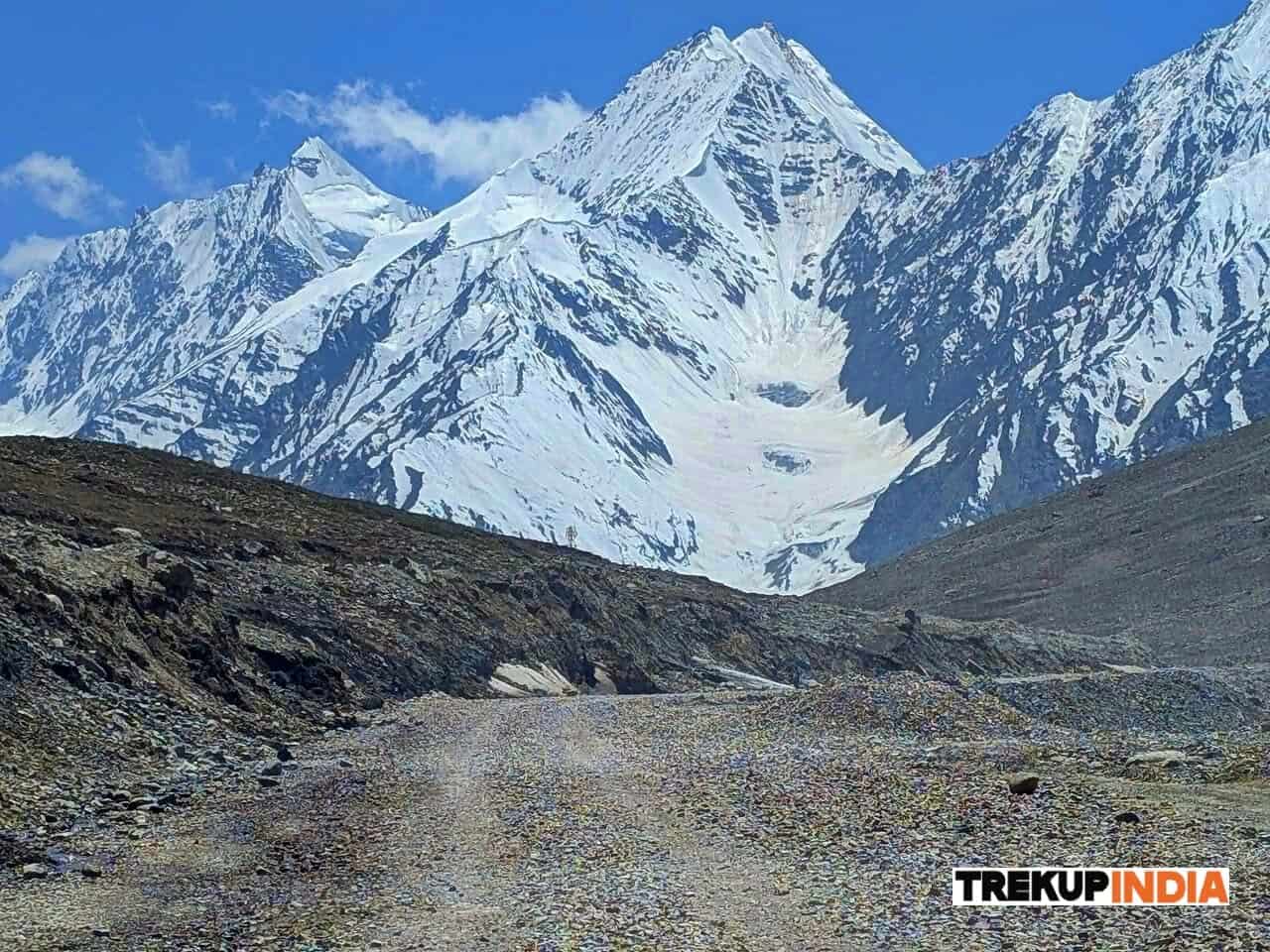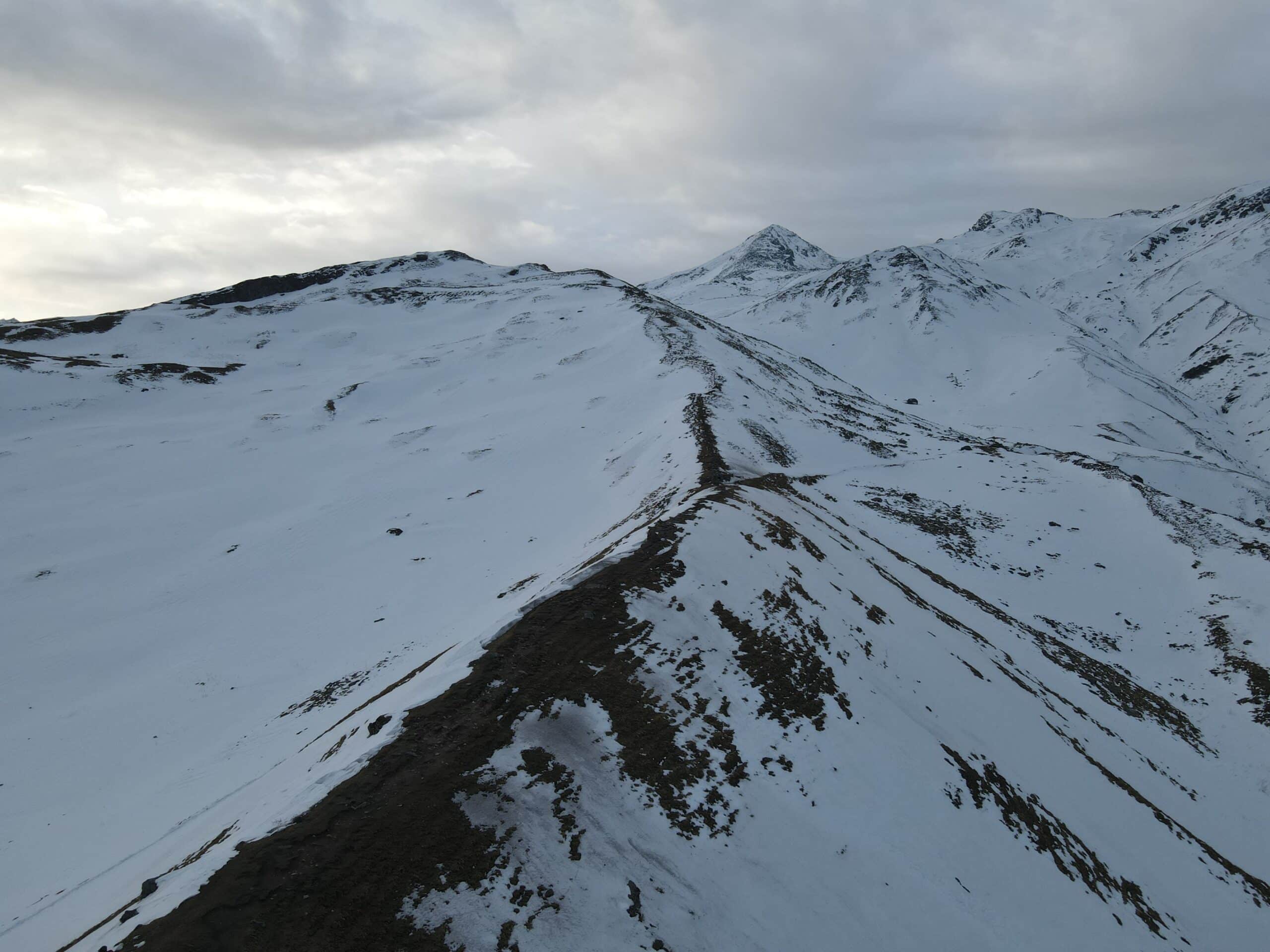Ghepan Ghat Lake Trek
Ghepan Ghat Lake Trek
If you’re drawn to high-altitude lakes and pristine mountain landscapes, the Ghepan Ghat Lake Trek offers an incredible journey to one of Himachal Pradesh’s most stunning glacial lakes. This moderate trek takes you to the mesmerizing blue waters of Ghepan Lake at 14,000 feet, where hanging glaciers and snow-capped peaks create an unforgettable backdrop.
Perfect for intermediate trekkers and adventure seekers, this trek provides a rare opportunity to witness dramatic Himalayan scenery without the usual multi-day commitment required for similar alpine experiences. You’ll experience the best of Lahaul’s rugged beauty while exploring traditional villages and ancient monasteries along the way.
In this guide, we’ll explore the trek’s unique highlights including the rare hanging glaciers that feed the lake and the fascinating unchanging blue color that sets Ghepan Lake apart from other alpine lakes. You’ll also discover the authentic cultural experiences awaiting you in Lahaul’s traditional villages, where local customs and mountain life offer genuine insights into this remote region’s heritage.
Highlights Of Ghepan Ghat Lake Trek
Marvel at the Unchanging Blue Glacial Waters
Your first glimpse of Ghepan Lake will leave you mesmerized by its surreal blue glacial waters that maintain a constant, unchanging shade unlike any other alpine lake you’ve encountered. This unique blue hue remains remarkably consistent, possibly due to the distinctive undergrowth of algae thriving beneath its surface. As you stand at the lake’s edge, nestled at approximately 14,000 feet, you’ll find yourself surrounded by towering mountains that create an amphitheater-like setting, resembling an open cave carved by nature itself.
The pristine waters reflect the surrounding peaks with crystal clarity, creating a mirror-like surface that doubles the visual impact of this already breathtaking landscape. Your eyes will be drawn to the intensity of the blue coloration, which remains vivid even under changing light conditions throughout the day.
Witness Rare Hanging Glaciers at 14,000 Feet
What makes your Ghepan Lake experience truly extraordinary is the presence of rare hanging glaciers that feed directly into the lake. You’ll have the privilege of witnessing three distinct hanging glaciers cascading down the surrounding peaks, a phenomenon typically reserved for elevations above 15,000 feet. These massive ice formations create a dramatic backdrop as they suspend from the mountainsides, slowly releasing their ancient frozen contents into the lake below.
The remarkable accessibility of this glacial wonderland sets Ghepan apart from other high-altitude destinations. While similar settings usually require 4-5 days of strenuous trekking to reach, you can access this incredible landscape in just two days, making it an achievable adventure for trekkers seeking extraordinary glacial views without the extended commitment.
Explore the Tiny Flower-Filled Island in the Lake Center
Your exploration of Ghepan Lake wouldn’t be complete without discovering the enchanting tiny island positioned right in the center of the water body. This miniature oasis bursts with vibrant flowers that create a striking contrast against the deep blue waters surrounding it. As you observe this natural garden from the shoreline, you’ll notice how the colorful blooms create a focal point that draws your attention to the heart of the lake, adding an unexpected touch of delicate beauty to the rugged alpine environment.
Trek Itinerary of Ghepan Ghat Lake Trek
Day 1: Drive from Manali to Sissu in 1 hour 10 minutes at an altitude range between 6765 ft to 10,235 ft; distance 40 km
Start your journey from Manali and head for Sissu in Lahaul region of Himachal Pradesh. Along the scenic route between them lies an exquisite shift from green Kullu valley to rugged Lahaul valley as wild mountain beauty comes into full view. As you travel towards Sissu take note of Chandra River joining Bhaga River near Tandi village – truly magical sights indeed.
Day 2: Travel from Sissu to Tori by car for 30 minutes before trekking for 2 km over 1 hour 30 minutes to Gorduk (distance/duration: 9 km; duration 30 min; altitude gain 10,235-12323).
As you drive nine kilometres from Sissu towards Tori village, enjoy breathtaking panoramas like Makar Beh (6069 m), Manali (5669 m) and Shikar Beh (6201 m) as the valley opens before you. When trekking begins, enjoy breathtaking sights like PLM Dhara waterfall which once towered high in Sissu; now its waters flow beneath your feet while traversing Tori Village; over it lies a feeding glacier from Makar Beh (6069m).
Day 3 of the Gorduk-Aliyas Trek (Day 3) was scheduled for five hours with an altitude gain from 12,323 to 12,912 feet.
Retrace your steps from yesterday and follow the same route that led to your campsite for an enjoyable journey that promises exciting events! Walking may initially be flat; then, after about an hour or so, there may be an exciting 10-minute trek taking visitors to an impressive spot with stunning views of Sissu village in the distance. From here, the terrain becomes more challenging with narrow pathways requiring extra caution; take your time and pay attention to where your steps take you! After about 30 minutes of leisurely strolling comes an eddying river crossing point when ropes may come into play for groups traveling during peak seasons – crucial!
Day 4: Aliyas to Ghepan Lake to Glacier View Point and Back Again – Trek Duration: 6 hours, Altitude Change from 12912ft to 13,447ft to 14,130ft (6.2 Miles in Total).
Make your way through a vast valley between campsite and new resting spot on foot, drinking from the water available in this specific resting place for the duration of the trek. Any new water encountered after this point is likely polluted by soil and debris, thus slowing your journey considerably. A gentle climb lasting half an hour should lead you to an apex of the path that takes 15 minutes to walk along, and be careful along its narrow paths at this junction with difficult sections and nearly dried-up sources of water.
Day 5: Aliyas to Tori. Drive to Manali
Today’s trek is moderately easy, covering an extended distance with a gentle down sloping. Return to Tori via the same valley you trekked up earlier; it’s a gradual drop in elevation that allows for maximum comfort without straining knees too much.
How To Reach Ghepan Ghat Lake Trek
By air: Bhuntar Airport in Kullu is approximately 50km away.
By Road: Road Buses travel between Delhi, Chandigarh, and Manali.
By train: For those traveling by rail to Joginder Nagar (limited), Chandigarh should be selected as their closest railhead.
From Manali to Sissu (Base Camp):
For an easier crossing into the Lahaul valley, use the Atal Tunnel (9 km). Sissu lies approximately 40 km from Manali and is accessible by both shared taxis and private vehicles. Acclimatize for one day at Sissu (3,130 m).
Best Time to Visit Ghepan Ghat Lake Trek
Ghepan Ghat Lake should be explored between late June and mid-September when conditions are most conducive, such as no snow cover on the treks and stable weather allowing its stunning turquoise blue shape to become evident.
Dates For Upcoming Treks
Want To Trek Like Pro?
Basically, watch these videos if you want to trek the same way professional trekkers do and make your skills better. These videos contain useful tips and techniques to further improve your trekking skills itself. These videos actually help both new and experienced trekkers improve their trekking skills. These videos definitely provide useful tips that make your trek better. We are seeing that these videos by Trekup India experts will only help you make your trekking skills better.
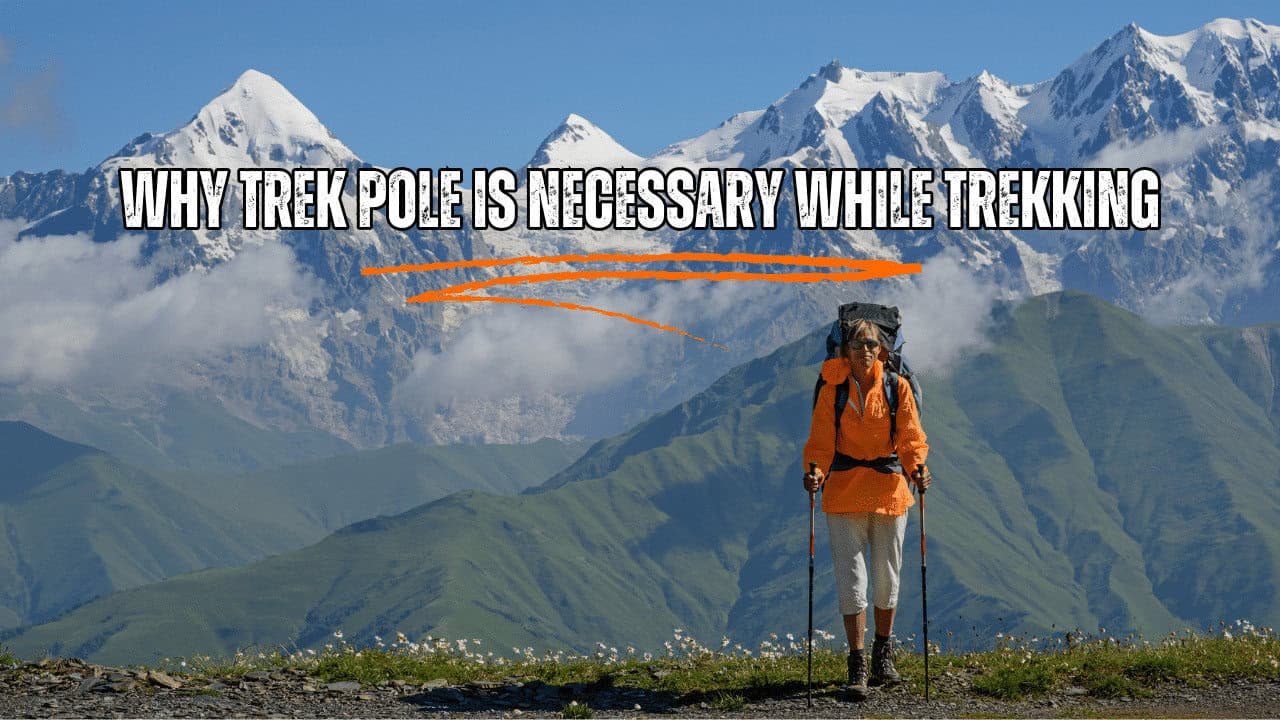

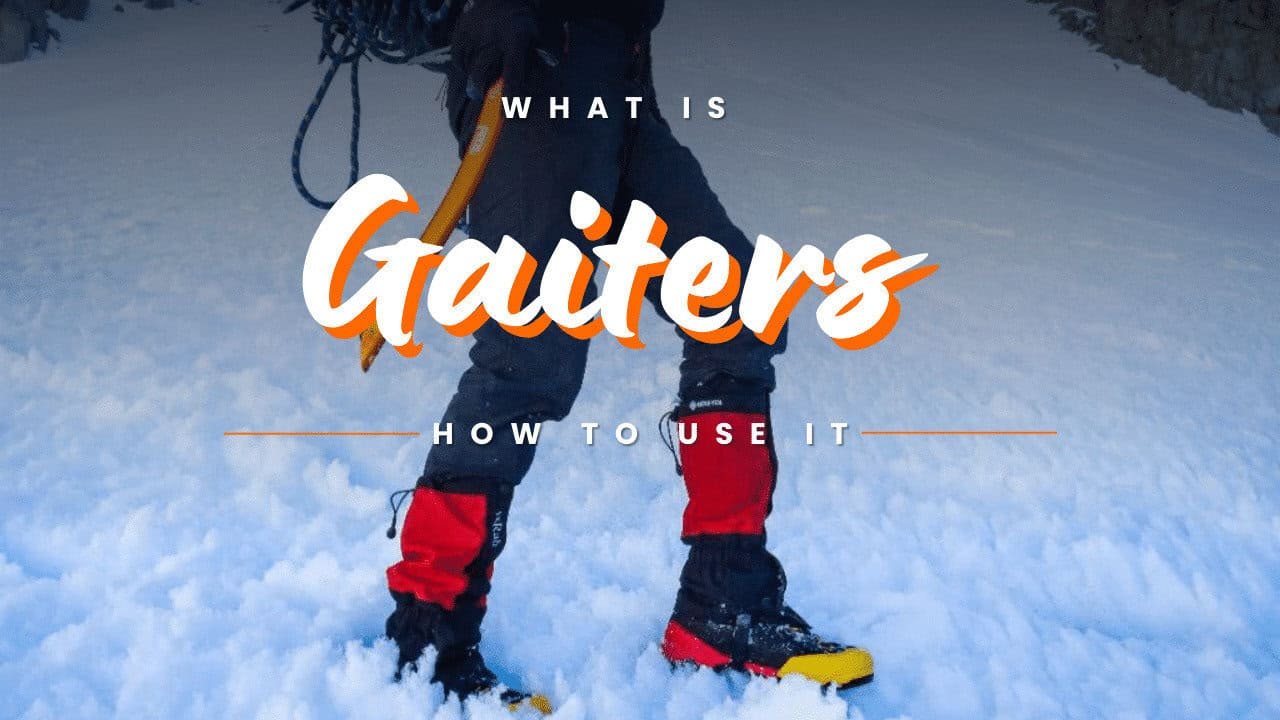




Know Everything About Acute Mountain Sickness
Acute Mountain Sickness occurs when people trek to high altitudes above 8,000 feet. This condition itself develops further due to reduced oxygen levels at such heights. Basically, as you go higher up, the air pressure and oxygen levels decrease, which causes the same problem. Acute Mountain Sickness surely causes headache, nausea, vomiting, and dizziness in affected persons. Moreover, peoples also experience difficulty in sleeping during this condition. To avoid mountain sickness, you should actually trek up slowly to higher altitudes. To learn further about this condition itself, watch the videos by Trekup India.
